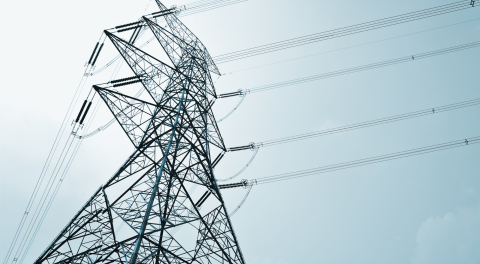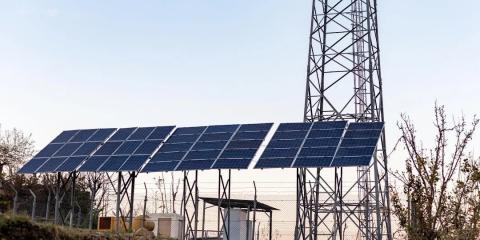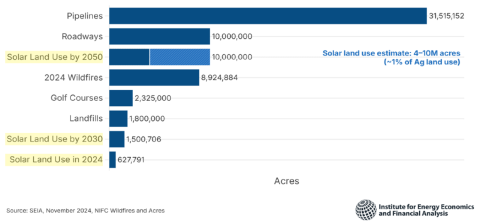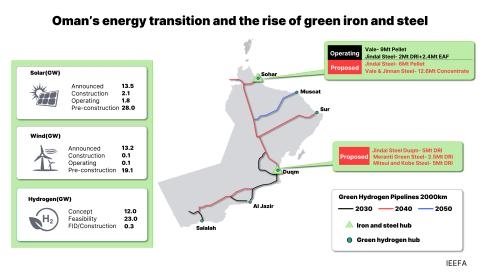
Key Findings
Proposed methane rules from the U.S. Environmental Protection Agency (EPA) could have more far reaching benefits than originally thought due to the oil and gas industry and the agency’s underreporting of methane leaks.
If implemented, the EPA’s proposed #methane rules for the oil and gas industry could result in much greater emissions reductions than current EPA estimates and also produce additional revenue by capturing a saleable resource.
The EPA’s proposed methane control rules could not only have a greater-than-estimated benefit for the climate, but could also generate a greater-than-estimated financial benefit for oil and gas companies.
The oil and gas industry and the EPA’s undercounting of methane leaks has a silver lining—the EPA’s proposed methane rules would result in much greater emissions reductions than projected.
Executive Summary
Because the U.S. Environmental Protection Agency (EPA) systematically underestimates methane emissions from oil and gas drilling and transport activities, the benefits of controlling those emissions also have been underestimated. The EPA has proposed new rules to control methane emissions, and U.S. oil and gas companies have attacked them, claiming they are too costly and of little benefit. But a review by the Institute for Energy Economics and Financial Analysis finds that the EPA’s methane control rules could not only have a greater-than-estimated benefit for the climate, but could also generate a greater-than-estimated financial benefit for oil and gas companies.
The oil and gas industry has based many of its critiques on the EPA’s inadequate models of methane emissions, which typically show relatively modest levels of methane leaks and venting in the U.S. New research shows the EPA’s models are based on outdated assumptions and flawed methods that dramatically underestimate actual emissions by as much as 70 percent. Recent innovations in methane leak detection and data analysis, backed by scientific studies, suggest that methane emissions are far higher than the EPA’s outdated models suggest.
Methane has economic value when sold as natural gas. An EPA analysis concluded that the U.S. oil and gas industry could trim its natural gas emissions by 36 million short tons and recoup $4.6 billion from leak reductions over the next 12 years under the new rules. IEEFA’s analysis, however, suggests the actual figure will exceed 68 million short tons, resulting in an additional $4.3 billion recovered through future natural gas sales.
Evaluations of the cost effectiveness of leak detection and repair technologies should be based on quantified observations and measurements. The compliance costs of the proposed rules are material. Nevertheless, IEEFA calculates the benefits for oil and gas producers are likely to be much greater than the EPA and industry have predicted because the rules would create increased output—leading to higher margins—and boost proved reserve valuations.
IEEFA’s analysis suggests the oil and gas industry margins will be greater—not smaller—if the new EPA methane rules are implemented.















